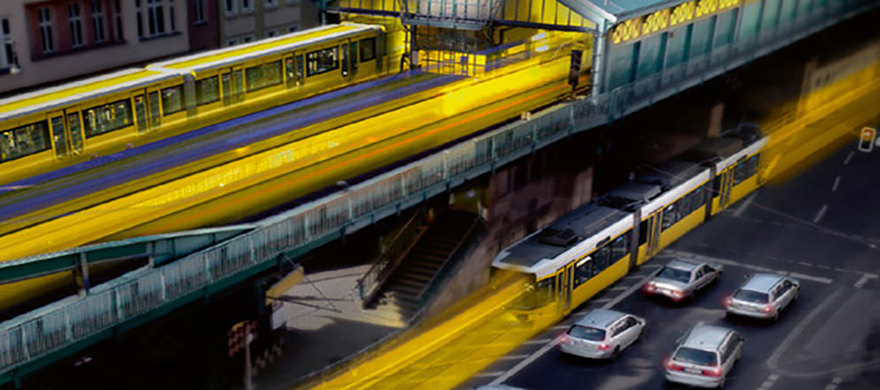Climate-KIC and Berlin’s public transport company BVG launch €95K energy efficiency competition

Climate-KIC and Berlin’s public transport company BVG have teamed up for the Open Innovation Slam 2014 competition.
This year, Climate-KIC’s interactive Europe-wide idea and start-up Open Innovation Slam contest focuses on the smartest ideas and solutions to save energy and reduce the carbon footprint of urban public transport systems.
Berlin’s transport sector accounts for about 4.8 million tonnes of carbon dioxide (CO2), roughly a quarter of the city’s CO2 emissions.
The most innovative and powerful idea to make this more energy efficient, will win a place in one of the European locations of the Climate-KIC Accelerator – the world’s largest climate-specific start-up accelerator – worth up to €95.000.
Innovative ideas can be submitted and will be presented for comments on www.openinnovationslam.org by 14 September 2014. After this date internet users can vote to decide which ideas move on to the final.
Climate-KIC Venture Weekend
Climate-KIC and BVG invite start-ups, researchers, practitioners and students to submit their ideas to make urban public transport more energy efficient, develop them further with professional support and win a place in the Climate-KIC Accelerator.
After the initial online selection, a jury of experts will select the 10 best teams for Climate-KIC’s Venture Weekend in Berlin from 17 until 19 October 2014.
The finalists will receive three days of expert mentoring, business coaching and networking with experts to further develop their ideas.
On the last day, the teams will pitch their business ideas to a panel of experts and the overall winner will be announced.
Greenhouse gas emissions
Urban transport is a significant contributor to climate change. Over one quarter of greenhouse gas emissions in the European Union originate from transport, with 84 per cent of that coming from road transport alone. More than 10 per cent of all CO2 emissions in the EU come from road traffic in urban areas.
BVG, Berlin’s main public transport company, moves over 900 million customers per year with its U-Bahn underground railway, tram, bus and ferry networks. Added together, the BVG’s vehicles circle the globe around 5.800 times a year, the equivalent of 18 circumnavigations of the earth every day.
Potential emission reductions could come from:
- Improving the efficiency of vehicles through changes in design, materials or technology
- Increasing energy efficiency by synergies of different technologies
- Promoting non-fuel technologies
- Improving operating practices of vehicles

 Share this page
Share this page


